Five years after the Comprehensive and Progressive Agreement for Trans- Pacific Partnership (CPTPP) took effect in Vietnam (from January 14, 2019), Vietnam's agricultural, forestry and fishery exports are one of the areas that have seen positive changes thanks to taking advantage of tariff incentives in trade with member countries.
 |
| Illustrative photo. (Source: VGP) |
According to the Vietnam Association of Seafood Exporters and Producers, seafood exports to CPTPP member countries have continuously increased in recent years. Specifically, export turnover increased from 2.2 billion USD in 2019 to 2.9 billion USD in 2022. CPTPP is the market group with the second strongest growth in seafood export proportion of Vietnam, after China. In 2018, CPTPP accounted for 25% of Vietnam's seafood exports, and by 2023, it accounted for nearly 27%. The markets with the strongest growth are Canada, Chile, Peru, Singapore, Malaysia, Australia, etc.
For the Japanese market, Vietnam has boosted exports of many agricultural products in recent times, including vegetables and fruits. Vietnam has now become the 12th largest supplier of fruits and nuts to Japan. The CPTPP agreement has also helped Vietnamese agricultural products gain many advantages when accessing the Australian market. Particularly for seafood, in Australia, Vietnamese shrimp accounts for an overwhelming market share of 70%, nearly double the 32% before the agreement was signed.
In addition to familiar markets, Chile is also a potential market for Vietnam to exploit agricultural exports. According to the Ministry of Industry and Trade , priority items to promote exports to Chile include: pepper, cashew nuts, tea, coffee, honey, seafood, and wood products.
Most recently, in July 2023, the UK officially signed an agreement to join the CPTPP, creating more opportunities for Vietnamese agricultural products to diversify export markets and increase competitive advantages.
However, to effectively take advantage of opportunities from CPTPP, producers and exporters of agricultural, forestry and fishery products need to pay special attention to standards, consumer trends and product designs, improve production processes, meet labor and environmental standards... according to the general provisions of the agreement as well as the specific requirements of each market.
In addition, for Latin American markets such as Mexico, Chile, Peru, Vietnamese enterprises do not yet have much information about consumer tastes and needs, so export turnover is still limited. Therefore, Vietnamese authorities and trade offices in the host country need to support enterprises more in trade promotion, attending trade fairs to exchange information, promote sources and quality of Vietnamese agricultural products.
Source




















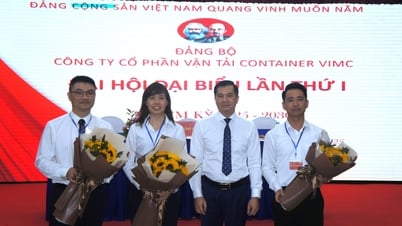





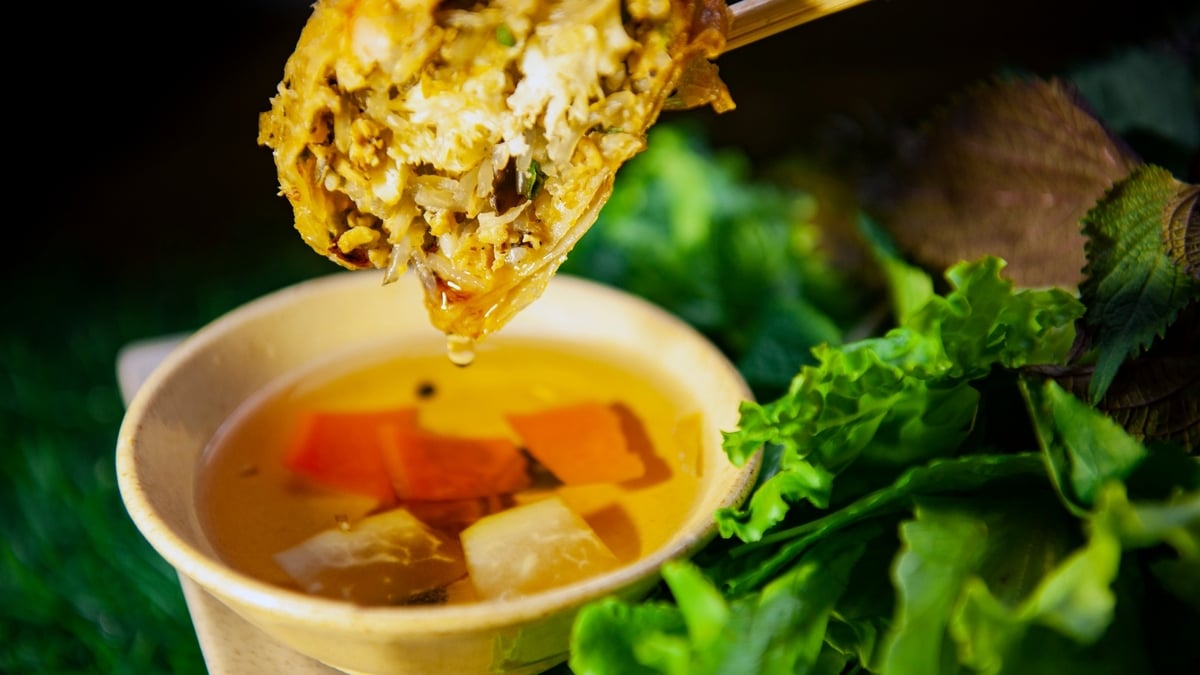

























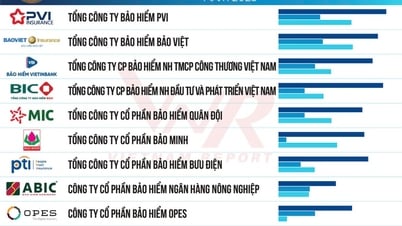



























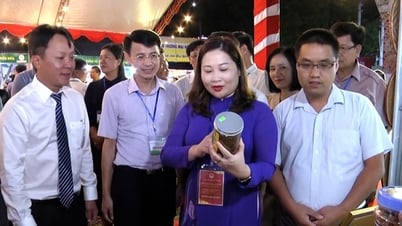





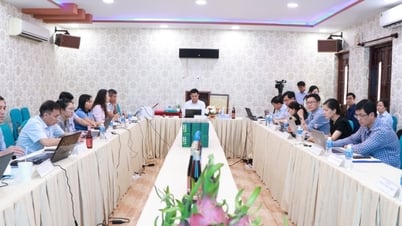



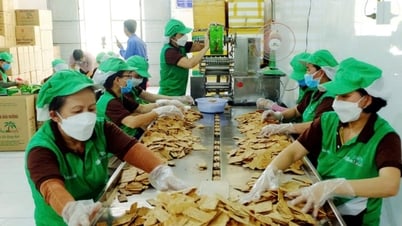




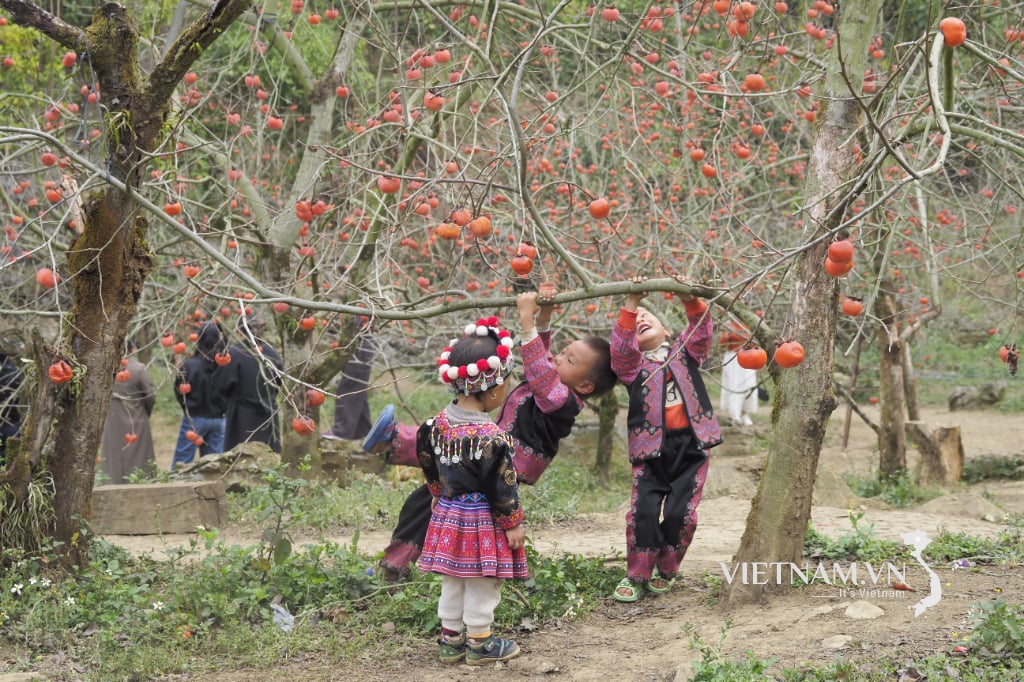

Comment (0)